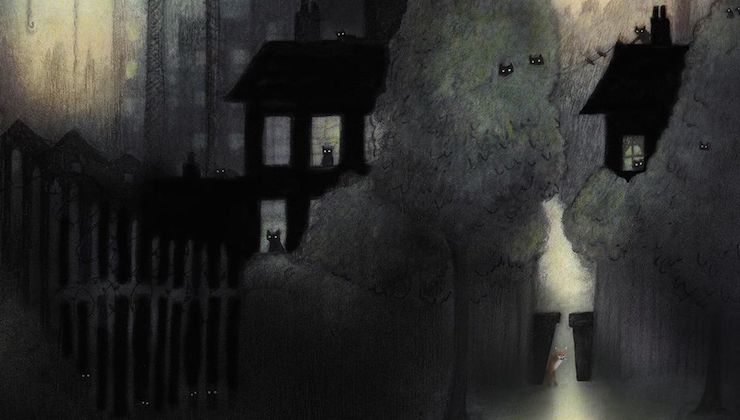sample heading
As fall proceeds towards winter, the days get shorter and shorter, the weird noises all through the neighborhood fall into eerie quiet as things start to hibernate, and the longer, darker nights lend themselves to spending time inside and curled up with a good book. And what better time to crack open a book of short stories? They’re perfect for reading right before bed, there’s no chance that you’ll pause on a cliffhanger and then be compelled to start the next chapter immediately, and they still pack every bit as much of a punch as their larger siblings.
This year has been excellent for short stories, containing everything from a new strange/gothic short story collection to a flash-fic feast of horror, and numerous new works from writers both established and brand-new. To that end, we’ve picked out six standouts from this year’s vast list of favorites for your reading pleasure, delivering some shorter, sharper shocks for the shorter days and longer nights.
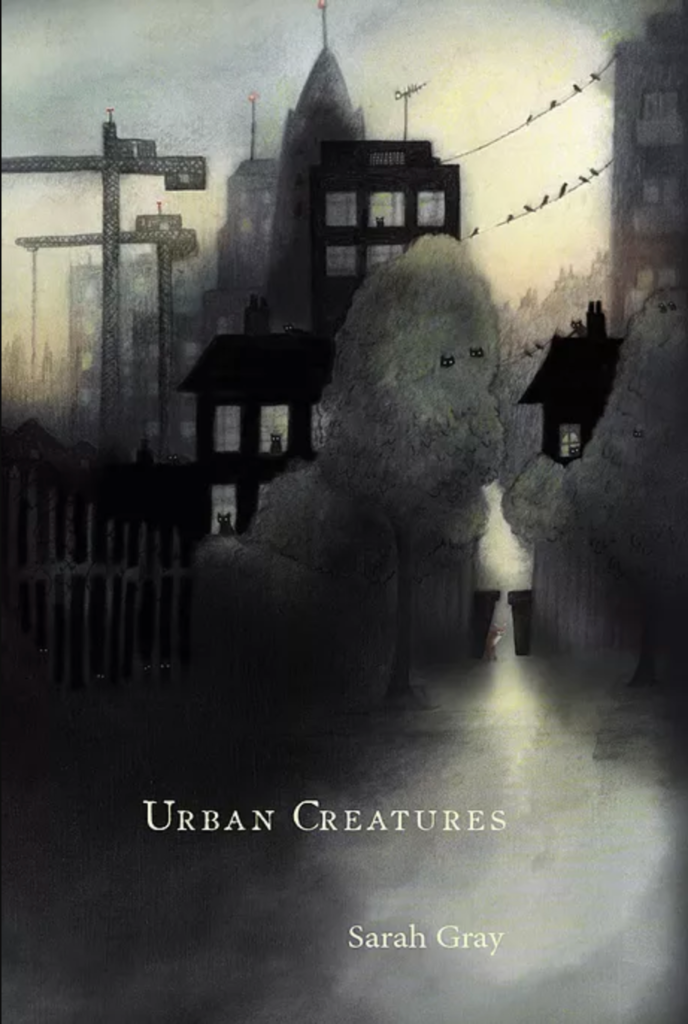
Urban Creatures, Sarah Gray, illus. Alodie Fielding
A collection of stories centered around the urban environment, Sarah Gray’s hypnotic, unnerving, and sharp Urban Creatures manages to perfectly capture the unease and odd textures of the city while exploring themes of how people connect and collide, change and reshape and react in the urban environment.
Gray has a knack for finding exact moments–a young woman talking about the importance of community in a job interview while sporting a head wound, for instance–that highlight something off-kilter about the whole situation even before it ends up descending into more overt horror. There’s also a certain subtlety and grace to some of the stories, a kind of quiet ominousness that perfectly captures those less-welcome moments in urban life, binding together the themes quite succinctly and helped along by Alodie Fielding’s illustrations.
Standout stories: “All Together Now,” “Sucking the Life”
Apple | Bookshop.org | Amazon | Barnes & Noble | IndieBound
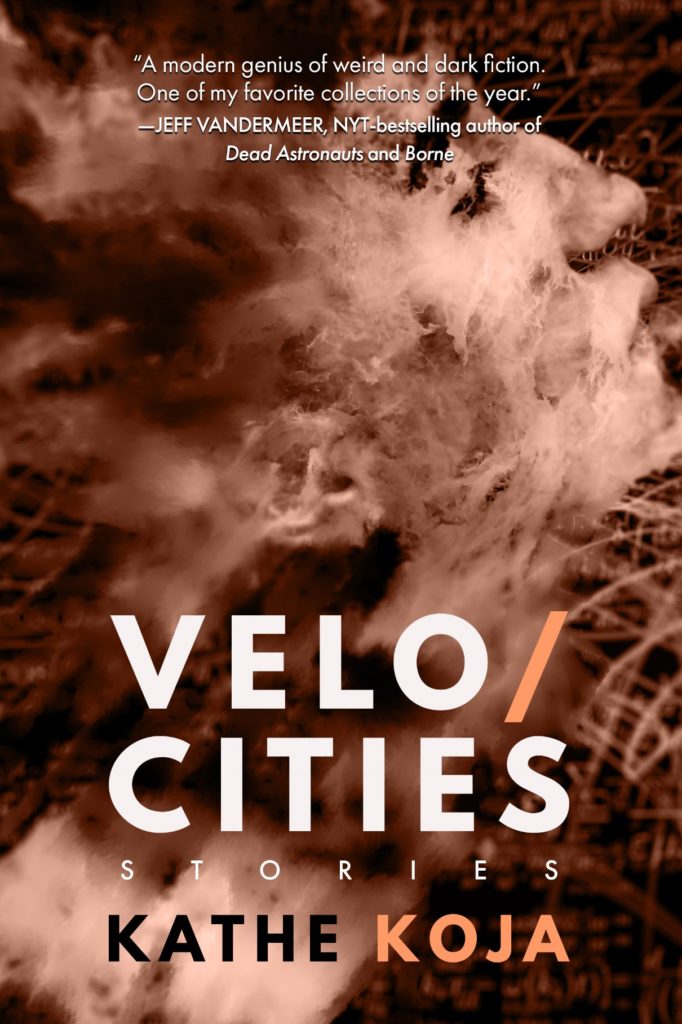
Velocities, Kathe Koja
Koja, long known for her unnerving, vivid, stream-of-consciousness approach to horror writing, something that’s resulted in some utterly horrifying visuals and scenes of weird beauty, returns with another collection of work, her second after Extremities. Koja’s stories are abstract, told at an odd remove that only makes the bizarre events happening in them seem all the more mysterious and terrifying, from a baby doll that seems alive to an altercation in a bizarre and garish nightclub. But for the horror fan looking for something uniquely bizarre, Koja has a knack for describing unusual situations and the desperate, lonely people who usually find themselves in them, along with a gift for finding more bizarre frights than you’d find in your garden-variety horror collection.
Standout stories: “Baby,” “Fireflies”
Apple | Bookshop.org | Amazon | Barnes & Noble | IndieBound
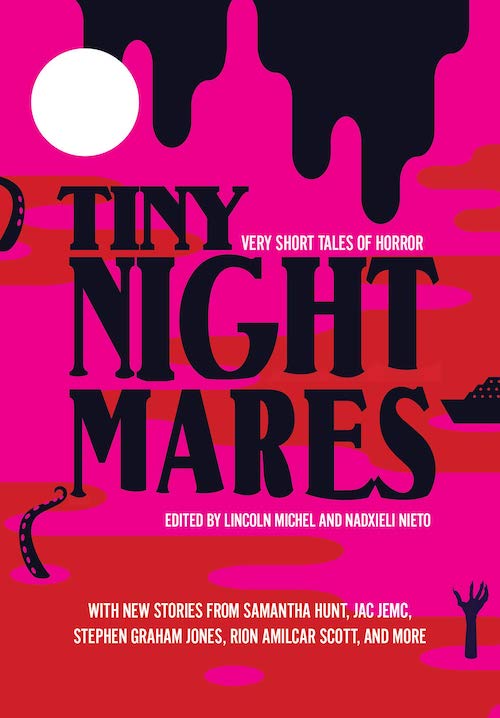
Tiny Nightmares, ed. Lincoln Michel & Nadxieli Nieto
Flash fiction is a deceptively difficult medium. Very few authors are able to get the right amount of detail and descriptive power into a small space, and even then, sometimes the minimalism seems a little…off. Not to worry, though, as the bright, disturbing minds behind Tiny Crimes have assembled forty authors who definitely make it look easy, spinning fast stories of mischievous witches, a mother and daughter chased by monsters from their past, unusual family secrets, serial murderers, monsters, and carnival-working prophets of doom. The authors have definitely taken to the form despite the restrictions, as well, and each story manages to burst with detail, action, and horror even despite their quick length, delivering a number of unique scares. While Tiny Nightmares might be quick, there’s a lot to recommend it.
Standout stories: “Doggy-Dog World” by Hilary Leichter, “Pictures of Heaven” by Ben Loory
Apple | Bookshop.org | Amazon | Barnes & Noble | IndieBound
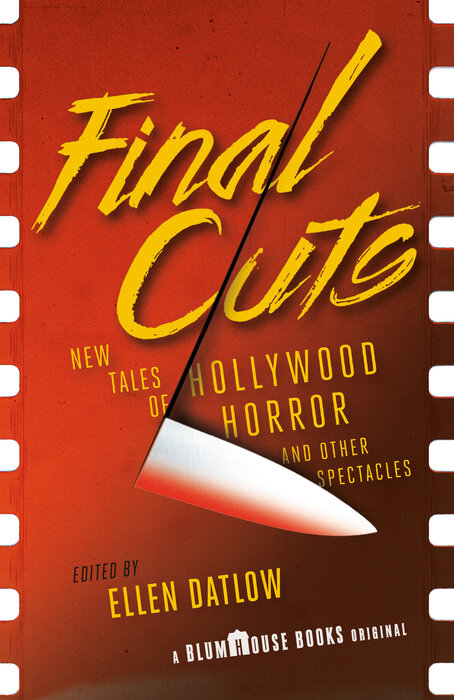
Final Cuts, ed. Ellen Datlow
One of the sharpest editors in horror today comes back with a vengeance and a new list of contributors, this time with stories centered around film and TV. There are ghosts in Youtube videos, a terrifying Appalachian silent film, demonically possessed scream queens, and stories that stretch the limits of imagination. Datlow’s always been a good starting point for those wanting to expand their horizons in horror, and Final Cuts offers an incredibly accessible and well-stocked volume of filmic frights that both novices and veterans of horror reading alike are sure to find either a new story by an old favorite or a new favorite author entirely.
Standout stories: “Insanity Among Penguins” by Brian Hodge, “A Ben Evans Film” by Josh Malerman
Apple | Bookshop.org | Amazon | Barnes & Noble | IndieBound
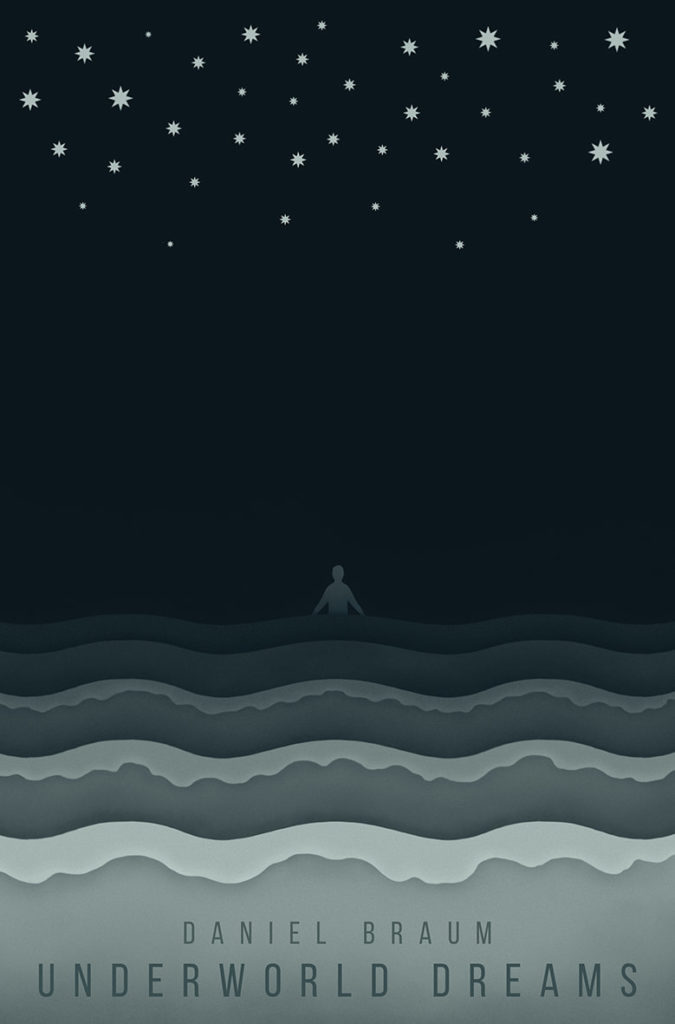
Underworld Dreams, Daniel Braum
Braum’s name has popped up in more than a few places and in more than a few anthologies, and with this, his third collection, it’s easy to see why. Where for other authors “dreamlike” usually means a bizarre world with logic all its own, for Braum it’s a lot simpler. His stories are the kind of dreams where everything seems normal until suddenly you realize you’ve just been conversing with an anglerfish woman, or that the birds are talking to you, or that someone has suddenly disappeared or reappeared.
There’s just enough that goes wrong in Underworld Dreams to shift the balance of “was this supernatural or just a subconscious thing” over to “supernatural,” but the stories definitely exist on the edge, lingering disquietingly in your thoughts as you turn their events over and over in your head. These are stories that are beautiful, abstract, and leave you wondering just what it was that you read, or maybe thought you read. Even better, that same sense of mystery and lingering horror continues on multiple rereads. Regardless, it’s full of disquietingly beautiful images and quiet dread, like an evening where everything’s fallen weirdly silent.
Standout stories: “Tommy’s Shadow,” “Underworld Dreams”
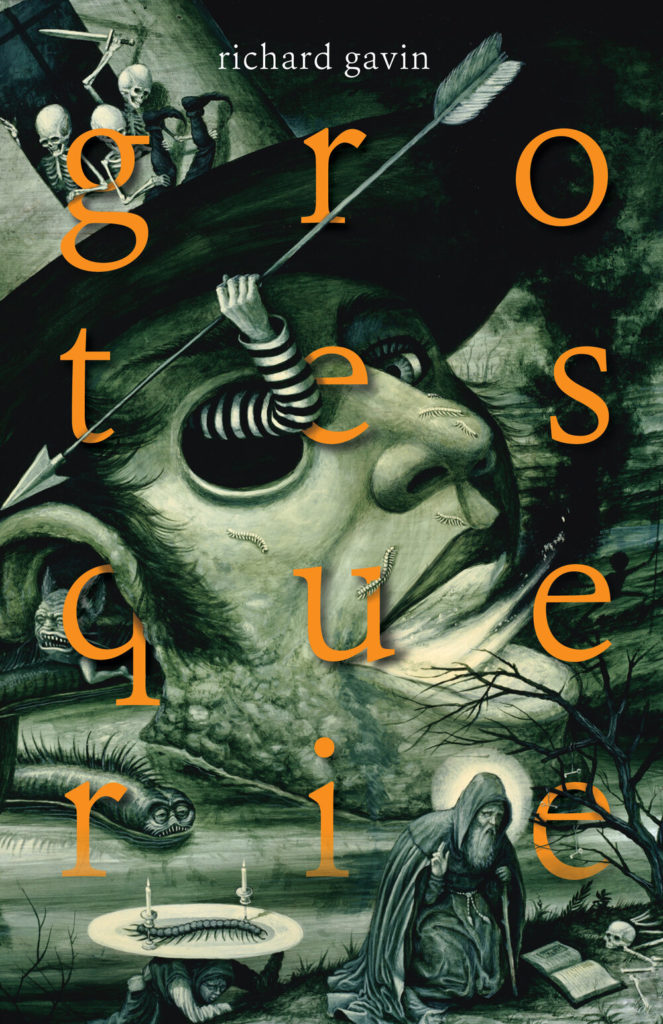
Grotesquerie, Richard Gavin
Gavin’s collection of stories would best be described as “strange,” a vein of Weird sharing its DNA with such dark absurdism as Robert Shearman and Thomas Ligotti, among others. The best stories of Grotesquerie are intimate, close, and entirely unnerving looks at people familiar enough to keep you grounded in the story even as everything around them is wildly and horrifyingly out of control. Among these portraits: a grieving metalworker makes torture devices by commission, a terrible green light draws townspeople to live in the nearby abandoned mine and dig for it, and a woman asks her friend for financial advice, only to be drawn into a family secret with disturbing strings attached.
Even at its broadest, there’s a more subdued and disquieting streak to Grotesquerie‘s grotesqueries, a focus on how these people relate to one another and the bonds they have (or lack) that blends with the scarier visuals once each story really kicks into gear. Add to this Gavin’s gift for equally disquieting visuals (the “scold’s bridle” in use from the story of the same name, the image of Dark Matter pouring out of the sky in “The Rasping Absence”), and you have a collection that should be one for the ages.
Standout stories: “Scold’s Bridle: A Cruelty,” “The Sullied Pane”
Apple | Bookshop.org | Amazon | Barnes & Noble | IndieBound

